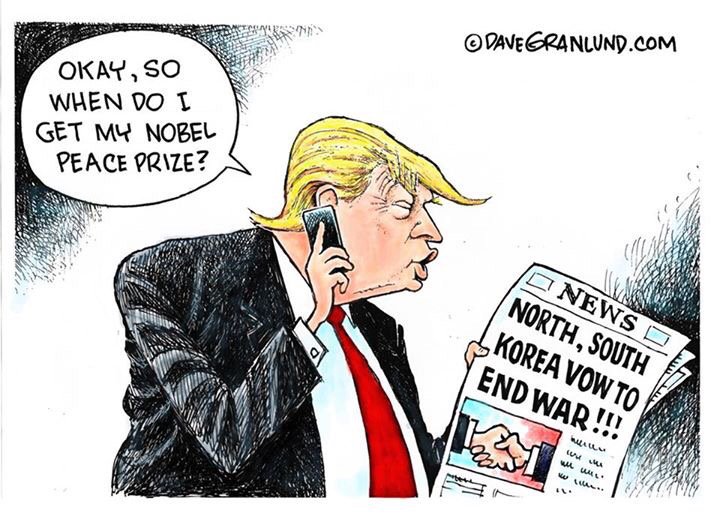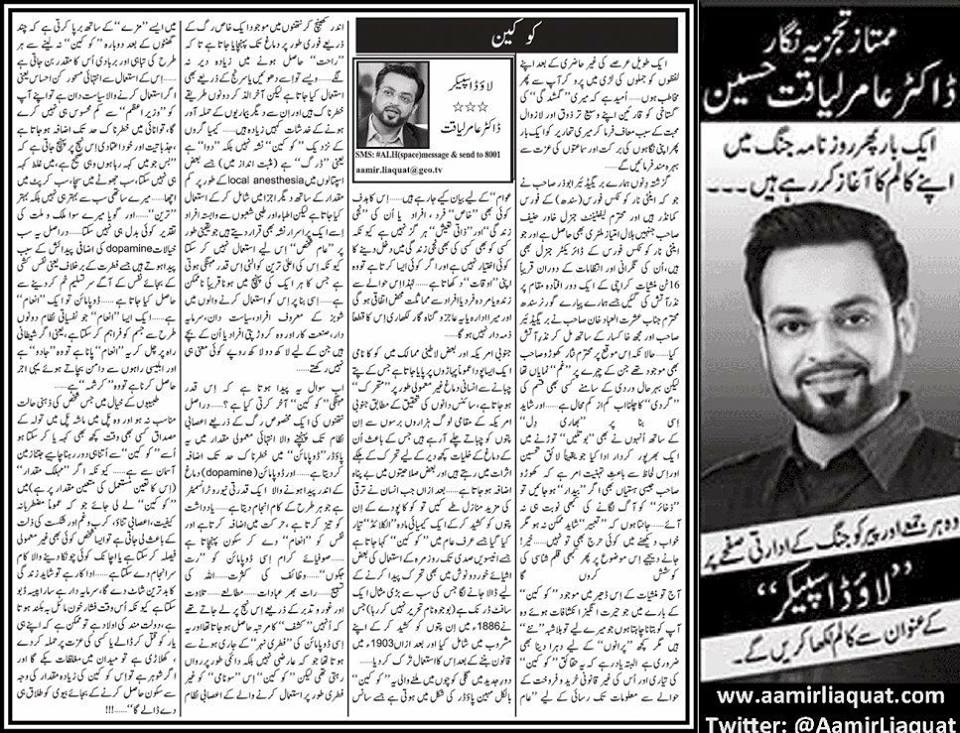


They now see the economy expanding between 1.9 percent and 2.4 percent this year, a sharp change from April’s forecast range of 2.4 percent to 2.9 percent. By a loose rule of thumb, the economy would need to add about 125,000 jobs per month to bring down the unemployment rate, which stuck at 8.2 percent in June.įorecasts released after the Fed’s meeting last month showed policymakers had sharply downgraded their projections for economic growth. economy grew just 1.9 percent in the first quarter, and many economists believe it turned in an even weaker performance over the past three months.Įmployment growth dropped to an average of just 75,000 per month in the second quarter from 226,000 in the first three months of the year. “Several participants commented that it would be desirable to explore the possibility of developing new tools to promote more accommodative financial conditions and thereby support a stronger economic recovery,” the minutes said. Still, analysts were puzzled by a cryptic reference that offered little in the way of concrete detail. Given concerns about the size of the balance sheet, Fed officials were looking into what else they might do to support the economy.

The Fed, which has held overnight interest rates near zero since December 2008, has already bought $2.3 trillion in government and mortgage-related debt. “Very cautious on the economic outlook and the door remains open to QE3, but nothing imminent in these minutes.”įed Chairman Ben Bernanke testifies on monetary policy before Congress next week and financial markets will search his remarks for clues on whether the latest jobs data has moved the central bank any closer to a further easing of monetary policy. “We really don’t see any clear indication in these minutes that the Fed is any closer to QE3 than at their previous meeting,” said Omer Esiner, chief market analyst at Commonwealth Foreign Exchange in Washington. stocks mostly extended losses on the report, which failed to give investors the sort of assurance about further quantitative easing, or QE, that some had been hoping for. “Several (members) noted that additional policy action could be warranted if the economic recovery were to lose momentum, if the downside risks to the forecast became sufficiently pronounced or if inflation seemed likely to run persistently below the committee’s longer-run objective” of 2 percent, the minutes said. But the report suggested a majority of policymakers was not yet on board - at least not before last week’s employment report, which showed a paltry 80,000 jobs were created in June. The minutes of the June 19-20 meeting showed a few officials on the policy-setting Federal Open Market Committee thought recent softness in the economy was sufficient to justify bolder action. central bank to ease monetary policy further by eventually launching a third round of outright bond purchases that would increase the size of its $2.9 trillion balance sheet. The Fed last month expanded its latest effort to keep long-term interest rates low, announcing it would buy an additional $267 billion in long-term bonds with proceeds from short-term debt in a measure known as Operation Twist.Įven given that modest step, many economists expect the U.S.


 0 kommentar(er)
0 kommentar(er)
